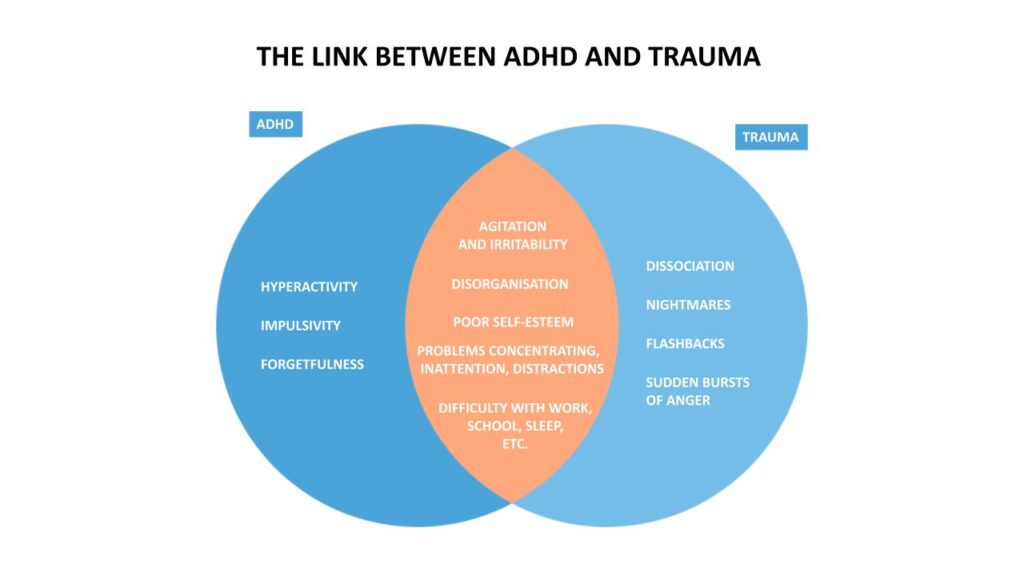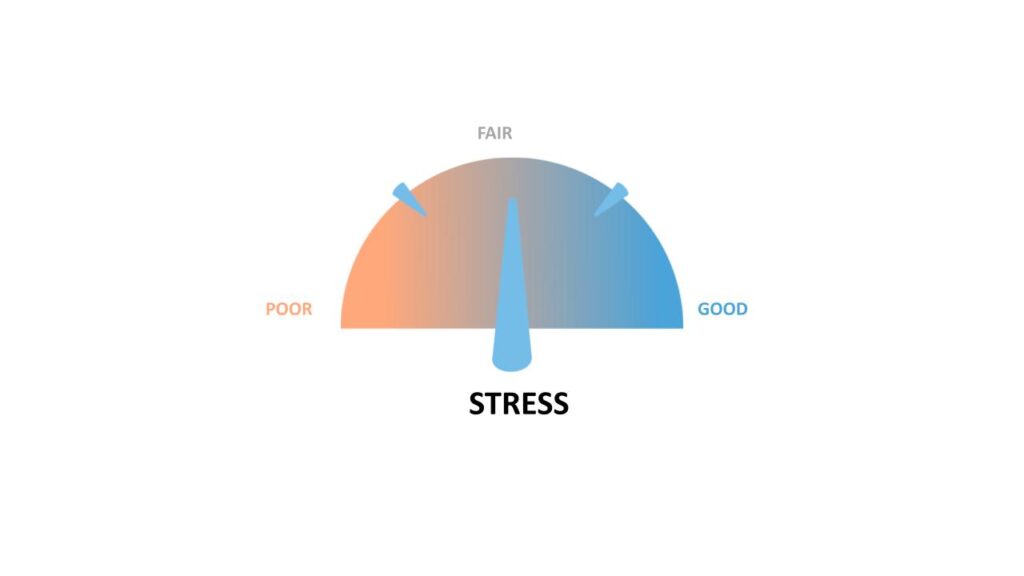The impact of stress
Repeated exposure to stress from ACEs can slow the development of certain areas of the brain, such as the prefrontal cortex, which is responsible for decision-making, self-control and problem solving.
This phenomenon is caused by mechanisms of neuroplasticity, where the brain changes its structure and function in response to experience.
Children with high scores of ACEs may show increased activity in the amygdala, an area of the brain associated with emotion and fear, leading to hyperreactivity to stressful situations. This stress system, when constantly on “standby,” can interfere with a child’s ability to learn and develop healthy social and emotional attachments.

Stress and Behavior
- Fighting: arguing, bullying, discrimination, humiliation, confrontation.
- Escape: avoidance of difficult tasks, absenteeism from school or escape into the digital world, drugs, and self-harm as a form of escape from unpleasant emotions.
- Freezing: lack of response to teacher’s questions or unwillingness to participate in group activities or several other learned patterns.
Stress and Emotions
- Children may show increased anxiety, fear, or frustration.
- Stress can lead to feelings of overwhelm, which may manifest as moodiness or emotional instability, swinging moods, impulsivity, irritability, negative emotions.
- Stress can also trigger feelings of isolation or loneliness if the child feels that he or she cannot confide in others or that his or her problems are not understood.

